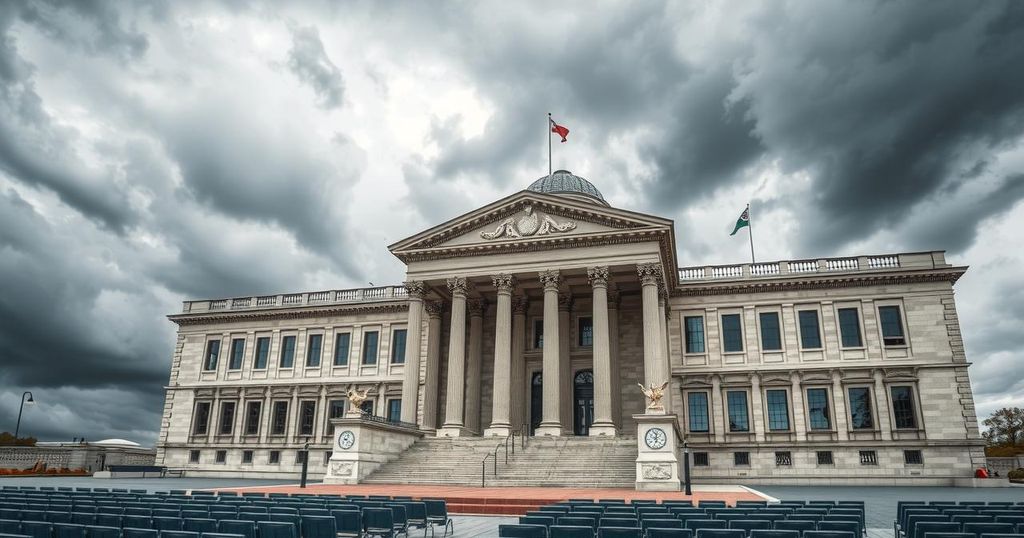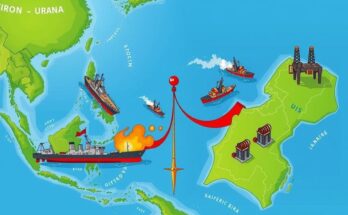Iran’s parliament dismissed Finance Minister Abdolnaser Hemmati following his impeachment due to soaring inflation and a depreciating rial. The currency crisis has worsened, trading at over 920,000 rials per US dollar. President Masoud Pezeshkian defended Hemmati, stating the economic issues are multifaceted and cannot be blamed on one individual.
On Sunday, Iran’s parliament impeached Finance Minister Abdolnaser Hemmati, leading to his dismissal amid rising inflation and a depreciating national currency. Out of 273 lawmakers present, 182 voted in favor of his removal, signifying a substantial loss of parliamentary confidence in his economic leadership. The Iranian rial has been severely affected, trading at over 920,000 to the US dollar on the black market, a stark contrast to less than 600,000 in mid-2024.
President Masoud Pezeshkian stood by Hemmati during the proceedings, emphasizing the broader economic challenges facing the nation. He asserted, “We are in a full-scale [economic] war with the enemy … we must take a war formation.” Pezeshkian cautioned against attributing the country’s economic turmoil to any single individual, highlighting the complexity of the situation.
As lawmakers expressed their frustrations with Hemmati, it was evident that the economic plight of Iran is deeply rooted in long-standing issues exacerbated by international sanctions. The dismissal reflects the urgent need for effective economic governance to navigate the ongoing challenges posed by inflation and currency devaluation, stemming from the US’s withdrawal from the 2015 nuclear deal.
In summary, the Iranian parliament’s decision to remove Finance Minister Abdolnaser Hemmati underscores the escalating economic difficulties the country faces, particularly high inflation and a plunging currency. President Pezeshkian’s defense highlights the complexity of national economic issues, which cannot be solely attributed to individual officials. This event illustrates the urgent call for comprehensive economic strategies amidst ongoing sanctions affecting Iran’s economy.
Original Source: www.scmp.com




